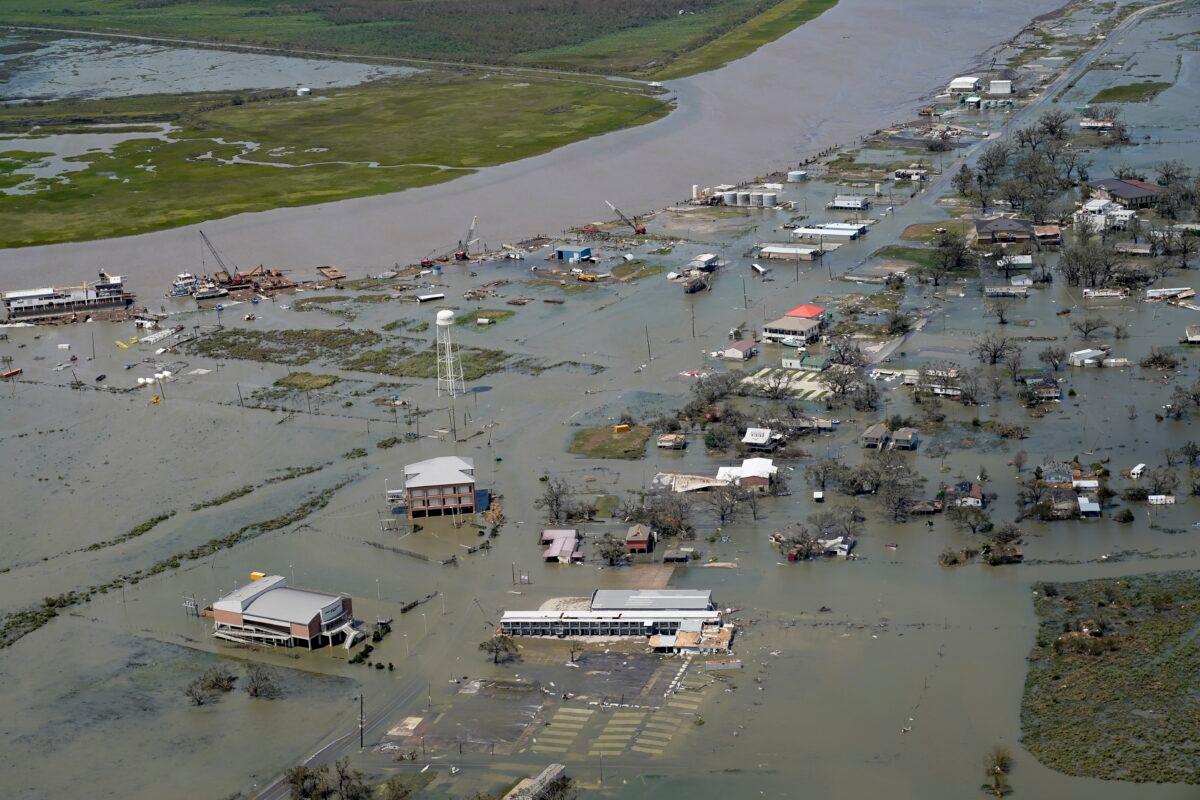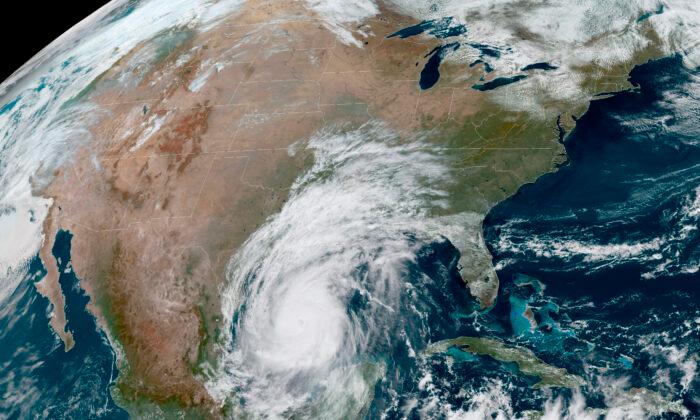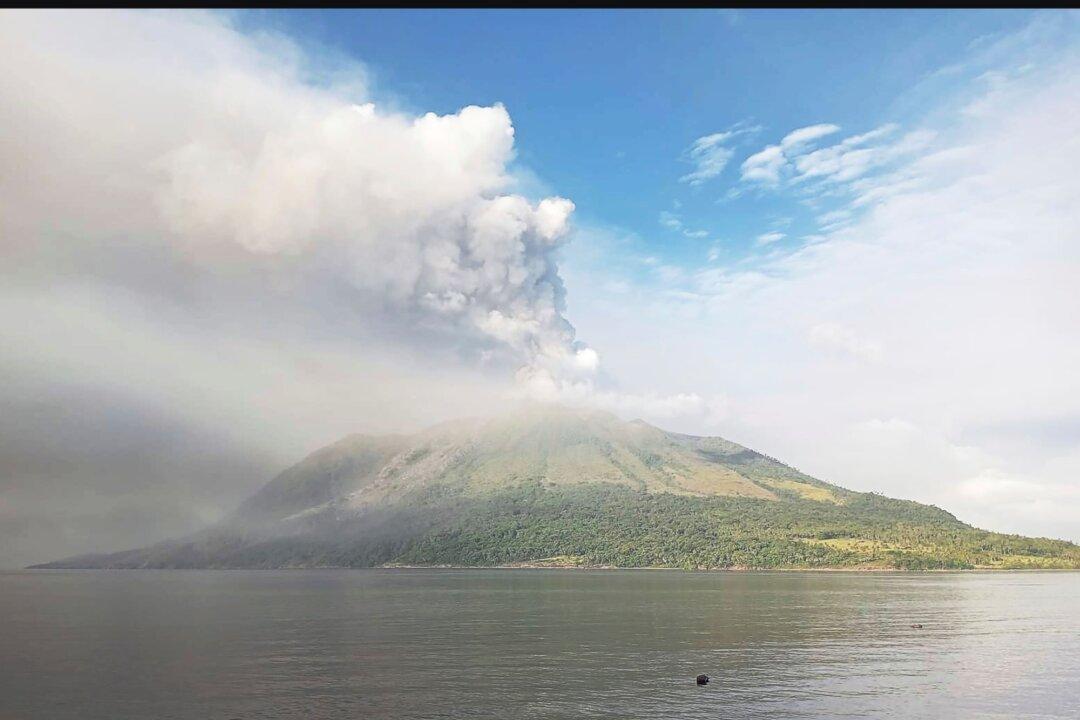Hurricane Delta, gaining strength as it bears down on the U.S. Gulf Coast, is the latest and nastiest in a recent flurry of rapidly intensifying Atlantic hurricanes.
Earlier, before hitting Mexico’s Yucatan Peninsula and temporarily losing strength, Delta set a record for going from a 35 mph (56 kph) unnamed tropical depression to a monstrous 140 mph (225 kph) Category 4 storm in just 36 hours, beating a mark set in 2000, according to University of Colorado weather data scientist Sam Lillo.
“We’ve certainly been seeing a lot of that in the last few years,” said National Oceanic and Atmospheric Administration climate and hurricane scientist Jim Kossin. “It’s more likely that a storm will rapidly intensify now than it did in the 1980s.”
Over the past couple of decades, meteorologists have been increasingly worried about storms that just blow up from nothing to a whopper, just like Delta. They created an official threshold for this dangerous rapid intensification—a storm gaining 35 mph (56 kph) in wind speed in just 24 hours.
Delta is the sixth storm this year and the second in a week to reach the threshold, Lillo calculated.

Hurricanes Hannah, Laura, Sally, and Teddy and tropical storm Gamma all gained at least 35 mph (56 kph) in strength in 24 hours. And a seventh storm, Marco, just missed the mark. Laura, which jumped 65 mph (105 kph) in the day before landfall, tied the record for the biggest rapid intensification in the Gulf of Mexico, said former hurricane hunter meteorologist Jeff Masters.
The run of killer hurricanes in 2017 featured a lot of rapid intensification, especially Harvey, Kossin said.
This is not only happening more often, it is more dangerous, said MIT hurricane scientist Kerry Emanuel. Hurricane damage doesn’t just rise with wind speed, it goes up exponentially, Masters said.
“If you go to bed and there’s a tropical storm in the Gulf of Mexico and you wake up the next morning with a Category 4 about to make landfall, there’s no time to evacuate,” Emanuel said. “It’s a very worrying trend.”
Since 1982, the proportion of storms that rapidly intensify in the Atlantic has come close to around doubling, according to a study last year by Kossin and a team out of Princeton University. This year is particularly nasty and Delta is a good example, said study co-author Gabriel Vecchi, a Princeton climate scientist.
That study also found this type of growing trend of rapid intensification cannot be explained by natural forces.
That’s because two factors are key in storms getting stronger and weaker: fuel from hot water—and the type and direction of winds high up that have the potential for decapitating hurricanes or letting them get more powerful.
In the day-to-day changing weather for individual storms, the wind issue is important, but over the decades that the team studied, water temperature was a far bigger factor, scientists said.
“We’ve created so much more heat in the ocean,” Kossin said. Rapid strengthening “is what you get when create (sic) so much fuel for hurricanes. They’re going to get fat, they’re going to get intense and they’re going to do it quickly.”
Delta gained strength over water temperatures around 87 degrees Fahrenheit (31 degrees Celsius), considerably warmer than normal. When Delta powered up on late Monday and into Tuesday, the water that was warm enough to be fuel to make the storm stronger extended about 245 feet (75 meters) deep, Masters said. So “it went bonkers.”
After hitting the Yucatan, Delta’s wind speed dropped to 85 mph (137 kph), but 18 hours later it was back up to 105 mph (169 kph). That’s not quite enough yet for a second bout of rapid intensification, but still a growing threat to further intensify until just before an anticipated Friday landfall in the United States, according to the National Hurricane Center.
“This season has given a lot of examples of these rapidly intensifying storms that we expect to be more common,” Princeton’s Vecchi said.






Friends Read Free